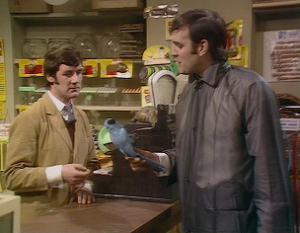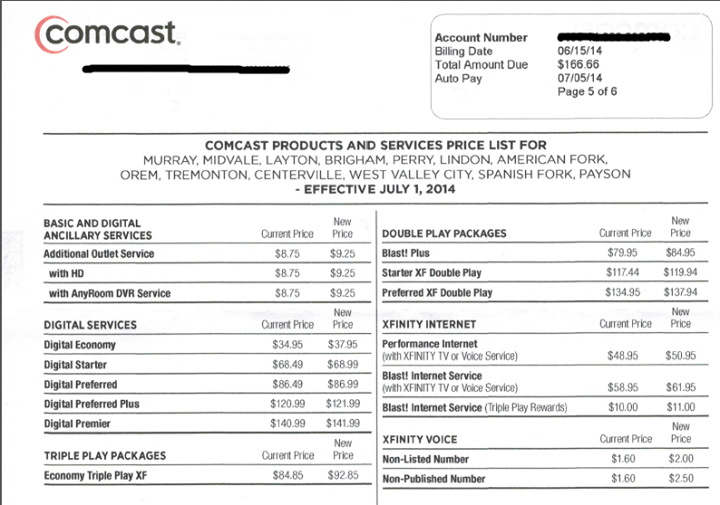 Man, it’s been a long time since I’ve had to write about the Utah Taxpayers Association. Once Royce Van Tassell left for greener pastures, the UTA was pretty quiet about all things UTOPIA. In fact, I understand that the last time UTA and UTOPIA sat down UTA left frustrated that they couldn’t find any good ways to spin the financials into more bad news. Trust me when I say I had a smug sense of satisfaction at that piece of information.
Man, it’s been a long time since I’ve had to write about the Utah Taxpayers Association. Once Royce Van Tassell left for greener pastures, the UTA was pretty quiet about all things UTOPIA. In fact, I understand that the last time UTA and UTOPIA sat down UTA left frustrated that they couldn’t find any good ways to spin the financials into more bad news. Trust me when I say I had a smug sense of satisfaction at that piece of information.
It seems, though, that their financial overlords, uh, “members” such as CenturyLink and Comcast have sounded the klaxons to demand more sock puppeterring on their behalf. Newly hired Vice President Rusty Cannon spewed out the usual array of half-truths and flat-out lies in conjunction with Red Meat Radio host, now former (yay!) Utah State Senator, and UTA President Howard Stephenson asking all the usual leading questions. Unfortunately for them, facts aren’t even remotely on their side.
The first assertion is that both UTOPIA and UIA are both “financial disasters”. This is a curious claim to make after years of silence. In fact, let’s look at the June 30 2018 financial reports for both UTOPIA and UIA. UTOPIA is covering its operating expenditures just as they have claimed for years, a substantial improvement over the last five years. UIA is actually increasing its net position. It’s hard to see the financial disaster being claimed, especially since anyone with a grasp on accounting principles knows it’s so much hogwash.
Cannon goes on to claim that UTOPIA carries $297M in debt service, yet the latest financial statement shows only $282M in debt. Of that, just over $98.3M is in notes payable to member cities as a promise to pay them back for bond payments. Since UIA is generating revenues in excess of operating expenses, the cities can reasonably expect to be paid back as the bonds are converted into notes payable. Weirdly, Cannon also claims that UTOPIA has a shortfall of up to $2M in operating expenditures, yet the financial statements show very clearly that operating expenditures are being covered. You wouldn’t be blamed for wondering if he doesn’t know how to ready financial statements or if he’s just doing the usual UTA business of flat-out lying.
Comically, Cannon cites a widely discredited Univeristy of Pennsylvania study on municipal networks as evidence that almost none of the projects work. Both Brookings Institute and our friends at the Institute for Local Self Reliance have delved into the results of that study and found cherry-picked data, incomplete data, falsified data, and false equivalencies. Choosing such a poor resource to lean upon exposes the weakness of the argument being made. Not one to be left out of the conversation, Stephenson then chimes in about the broken promised made under Roger Black nearly two decades ago with zero admission that the direction of the agency has changed dramatically in the last five years.
Most incredibly, Cannon then tries to insinuate, just as detractors did almost 20 years ago, that fiber could be obsoleted by 5G (ha!) or some as of yet unknown technology. The claim is entirely preposterous both to anyone familiar with the telecom landscape and any halfway competent technologist not blinded by ideological arguments. Verizon has straight up said that the only way their 5G network will perform as desired is with (drumroll please)… deeply deployed gigabit or better fiber. Every year, the supposed speed limit for existing fiber strands is shattered with some new lab breakthrough. In 2018, a link topping 159Tbps (yes, terabits) was demonstrated over a distance of 1045km. The absolute fastest wireless product in a lab barely hits 10Gbps under the most ideal of conditions and at comically short distances.
So why, after years of silence, is UTA roaring back? Probably because dozens of cities are looking at municipal fiber, they’ve seen what successful models have emerged, and UTOPIA has both proven those models and their operational excellence at running the largest and most-loved fiber network in the state of Utah. This is leaving incumbents terrified that there could be a wave of new municipal fiber builds reacting to their shoddy second-rate networks, infamously poor customer service, and generally acting as awful as you expect monopolists to.
To the Utah Taxpayers Association: bring it on. I’ve wiped the floor with you before and I’m happy to do it again.













